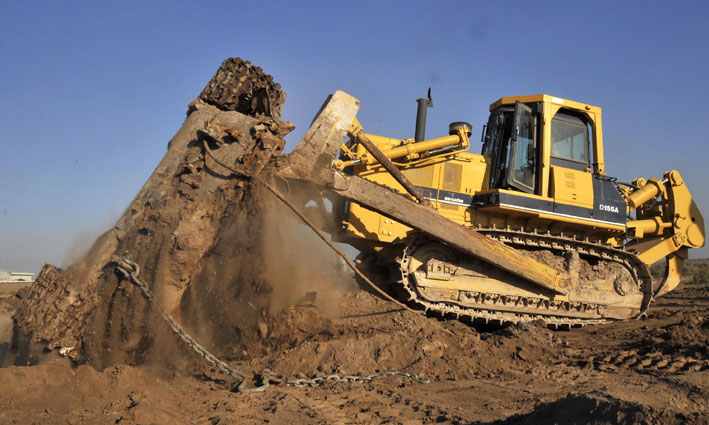Social and environmental factors continue to drive demand for electric vehicles. In this article, we describe how Piaggio, which produces motorcycles and scooters including the world-renowned brands Aprilia, Moto Guzzi, Vespa and Piaggio, used computer-assisted engineering simulation to evaluate the structural safety, performance and dynamic behavior of the driving mechanism of a two-wheeled vehicle under both normal and spurious operating conditions, specifically static and fast dynamic conditions.
Read the articleCASE STUDY
The text provides an in-depth account of Stefano Odorizzi’s journey in founding and growing EnginSoft, our engineering company specializing in computer simulation and modelling. Established in 1984, EnginSoft overcame early challenges, such as the high cost of computing, to emerge as a leader in simulation services, particularly in the fields of mechanical engineering and computational fluid dynamics (CFD). The narrative highlights several key milestones in the company’s history.
cfd metal-process-simulation industry4 news mechanics optimization

CASE STUDY
In this example, a tracked bulldozer was simulated to evaluate the dynamic behavior of the vehicle on different terrains and with different obstacles. The model can also be used to calculate the loads operating on the vehicle’s structure..
recurdyn automotive mechanics multibody